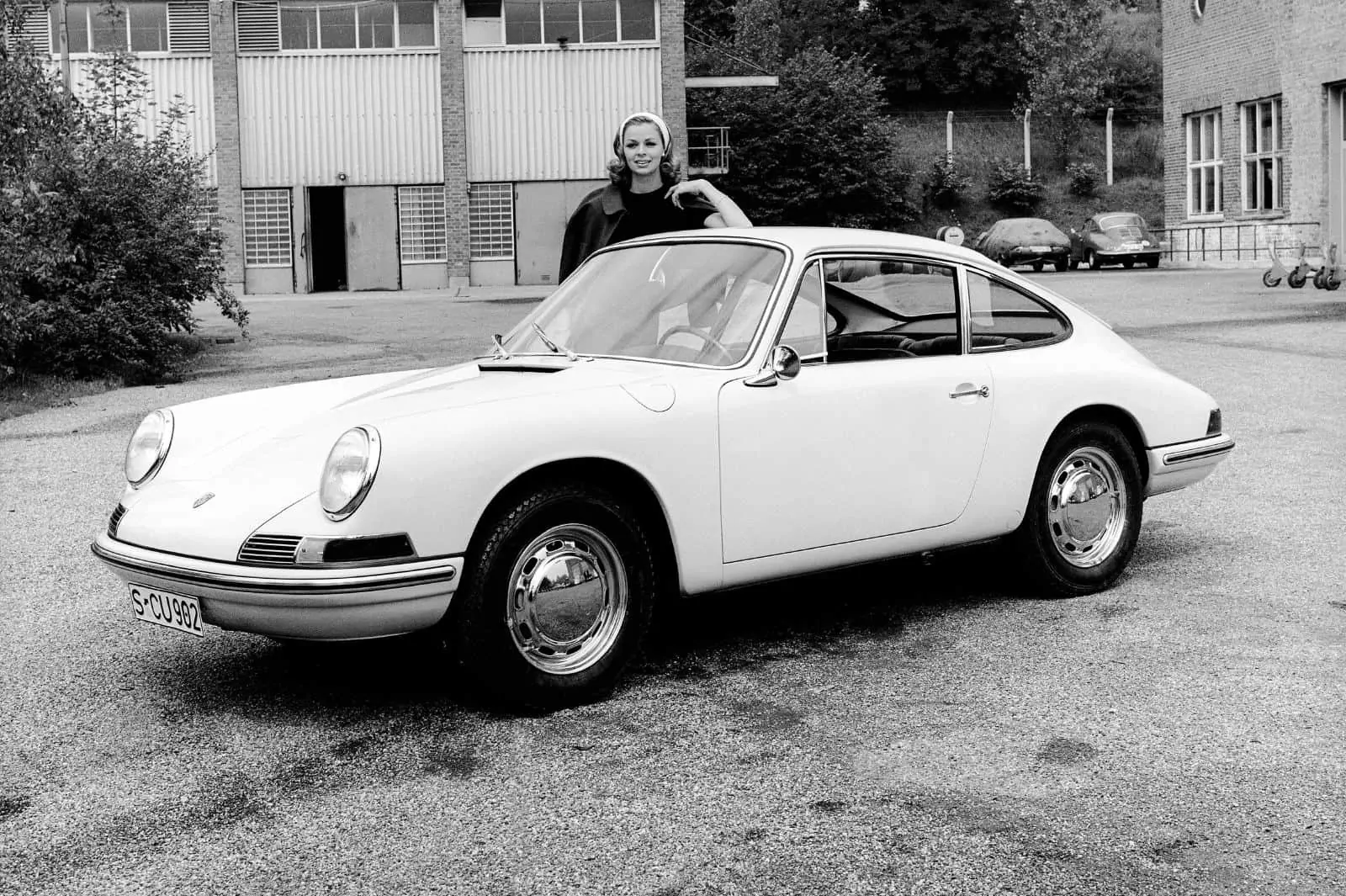It’s an icon of a design if ever there was one. We thought everything about the Porsche 911 – the original air-cooled ‘proper’ one – must have been written and said before – until we had one for a few days. Sure, being with the car is a bit like living inside a film you’ve seen many times; the first-hand experience speaks much of what we’d read and heard of the design. But there were other things too; several key perspectives on the Porsche 911 design we realized that perhaps have never been said before…
Walking around the car reminds us how the appearance of the 911 is ingrained in our mind unlike any other car design because it is so distinct and we have known it for so long: there are no close references points (possibly the Alpine A110 was once) and we can’t see it with fresh eyes. Sure, we know it has an echo of the Beetle and the 356 that connects them. Yet we perhaps tend to forget that fundamentally this is a properly unusual looking car; its core proportions and volumes are utterly unique and always have been. And it seems very few people recognize that underpinning its unique proportions is the way the 911 was designed to deliver on prosaic, even familial, function more so than any other sports car ever: to carry two small people in the back. No-one ever called it a GT (until the later, larger water-cooled ones maybe), yet the Porsche 911 is a two-plus-two – a notably unique position for a true sports car.
Because someone (someone at the top presumably) dictated that the 911 would be for more than two people, the engine needed to be sited behind the rear axle: to make space for the rear seat. But this is not consciously accepted as the unequivocal truth it must be: the idea that the brand was wedded to an engine-in-the-rear philosophy is surely a product of the intervening decades of 911-centric Porsche myopia; the 911 was preceded by the mid-engine 550, and then followed by the mid-engine 914, the front engine 924 and the front engine 928 (and the contemporary 904 race car was mid-engined as were the following 906, 908 and 917 etc.): the 911 is essentially the second and the last rear-engine Porsche design, reinvented a few times since.
This rear seat thing is also why the driver sits higher than other contemporary sports car designs, to allow their legs to be slightly more bent to then gain some car length for the rear seats. Which in turn makes the roof as tall as it is and the screen as far forward as it is, afforded also because there’s no engine in the front. And with the engine being only three-cylinders long, the rear overhang is no more than most front engine sports cars but is significantly lower. The back of the flat six is shallower than the suitcase sitting in the trunk of a front-engined sports car. So whilst people bang on about the car’s rear engine location defining its proportions, it’s more to do with the tall and far-forward windscreen and the single sweep backward from that point to the exceedingly low rear-most point, clearing the heads of two tiny rear occupants along the way. And all within a length 40cm less than a 2+2 Series III E-type – the 911’s closest contemporary competitor in cabin package and performance.
In short, the 911’s proportions are more to do with it being designed to carry children than having its engine in the tail.This then is the 911 design story headline – it is utterly unique and all the more compelling for being a product of clever, rational packaging that places function over form. It’s not a styled car design; it is a designed car design. And a car design-centric to having two small rear seats unlike any other proper sports car (and the reason that the lightweight RS versions with no rear seats are arguably less purist-911 designs than the Carrera…).
This context to the Porsche design seems like it has been lost forever. But when you first walk up to an air-cooled 911 with the keys in your pocket, it is likely that the first thing that grabs you is not the context of its distinct proportions, but that it is an unusually tiny car. There is something impressive about the compactness of the early 911 that pictures of it fail to tell; here is a fast car, one that seats the family and some luggage, a king of cars and yet it’s as wide as today’s Volkswagen Up and as long as a Golf (but looks and feels even shorter).








